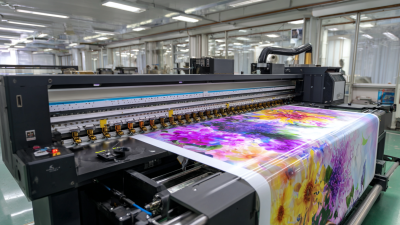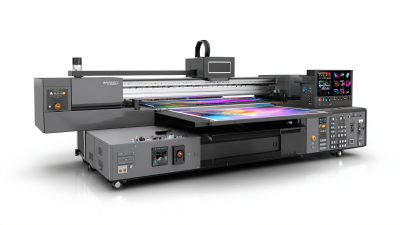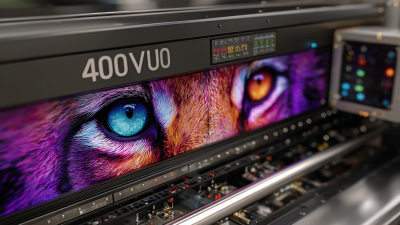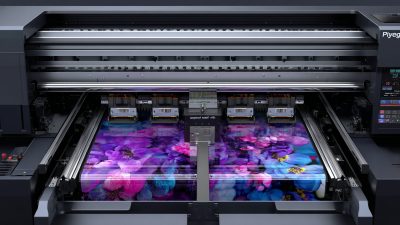Inquiry
Form loading...
In today's fast-paced printing industry, businesses are continually seeking innovative solutions to enhance their productivity and expand their service offerings. A recent study by Smithers Pira forecasts that the global digital printing market will reach approximately $29.7 billion by 2024, with a significant shift towards multifunctional capabilities. This trend highlights the growing importance of technologies like the Multifunctional UV Printer, which not only provides high-quality printing on various substrates but also delivers versatility in applications, from packaging to promotional products. By leveraging the power of a Multifunctional UV Printer, businesses can tap into new revenue streams, reduce operational costs, and improve turnaround times, ultimately maximizing their business potential in an increasingly competitive landscape.
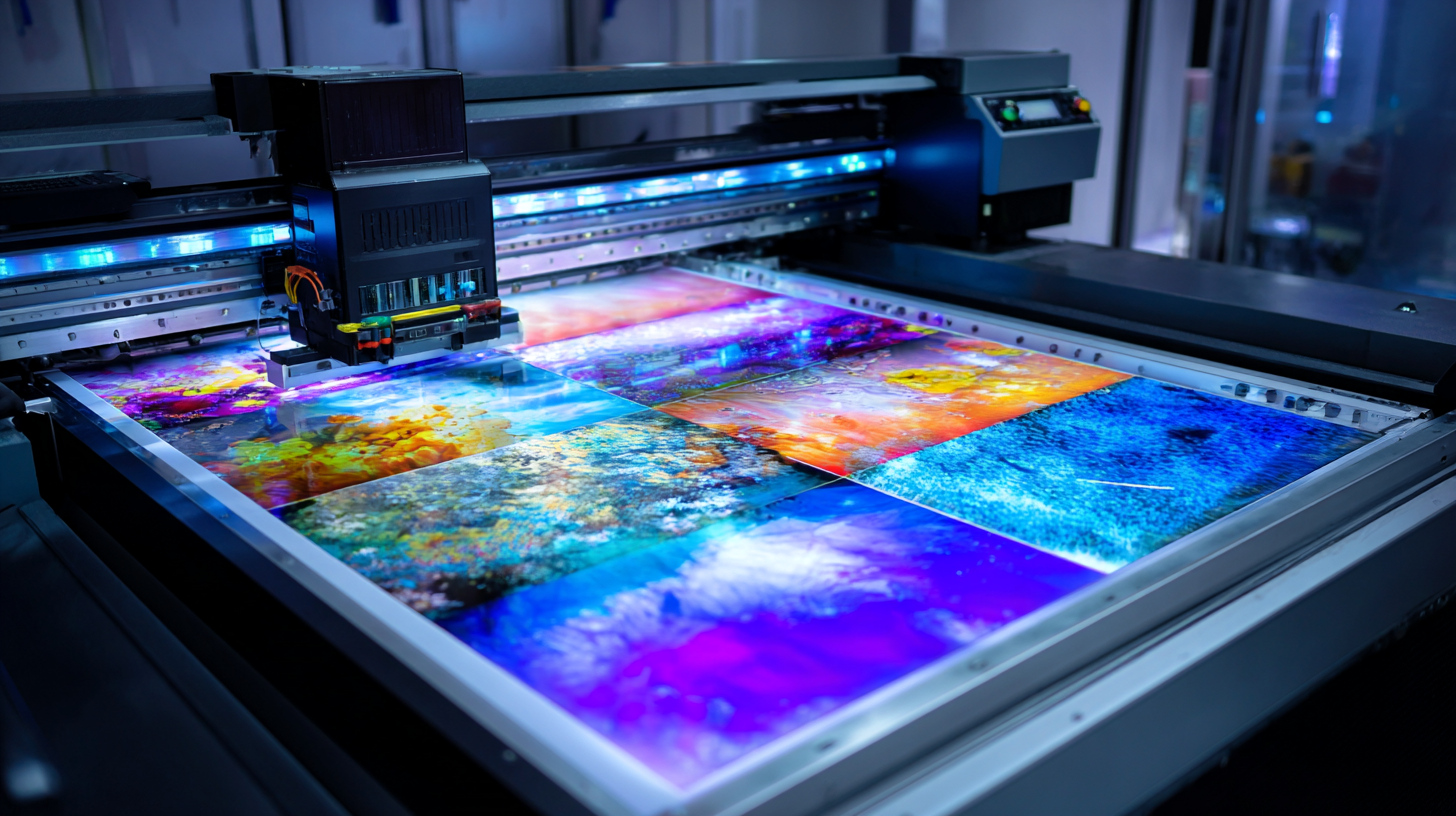
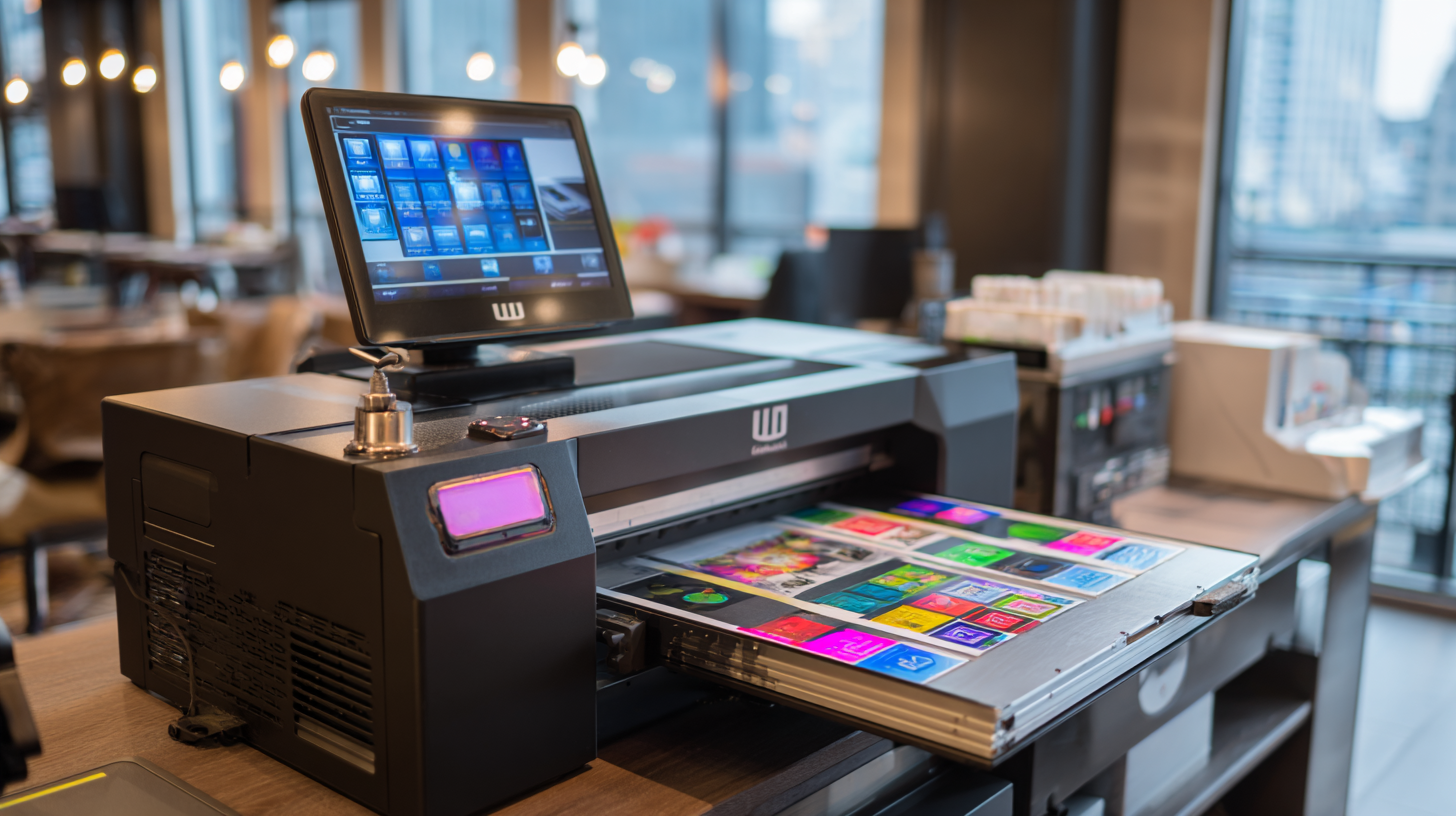 Investing in a multifunctional UV printer can significantly enhance business growth by expanding service offerings and improving operational efficiency. According to a report by Smithers Pira, the digital printing market is expected to grow at a CAGR of 8.7% from 2020 to 2025, driven largely by advancements in UV printing technology. These multifunctional printers can handle a variety of media types and sizes, enabling businesses to cater to diverse customer needs—from signage and packaging to promotional materials. This versatility not only broadens market reach but also positions companies to capitalize on emerging trends.
Investing in a multifunctional UV printer can significantly enhance business growth by expanding service offerings and improving operational efficiency. According to a report by Smithers Pira, the digital printing market is expected to grow at a CAGR of 8.7% from 2020 to 2025, driven largely by advancements in UV printing technology. These multifunctional printers can handle a variety of media types and sizes, enabling businesses to cater to diverse customer needs—from signage and packaging to promotional materials. This versatility not only broadens market reach but also positions companies to capitalize on emerging trends.
Moreover, a multifunctional UV printer can improve production speeds and reduce turnaround times, leading to higher customer satisfaction. A study by Keypoint Intelligence indicates that businesses utilizing UV printing technologies report a 30% increase in productivity compared to traditional printing methods. The ability to print directly onto various substrates without the need for pre-treatment saves on material costs and minimizes waste, making UV printers an environmentally friendly option. By integrating such advanced technology, companies can streamline their processes while simultaneously boosting their bottom line, making it a prudent investment for future growth.
Multifunctional UV printers have emerged as essential tools for businesses aiming to enhance operational efficiency. One of the key features of these printers is their versatility, allowing them to print on a wide range of materials, including plastics, wood, glass, and metals. According to a report by Smithers Pira, the global UV printing market is projected to reach $5.2 billion by 2023, driven by this adaptability. The ability to use various substrates not only expands product offerings but also attracts a broader customer base, ultimately driving revenue growth.
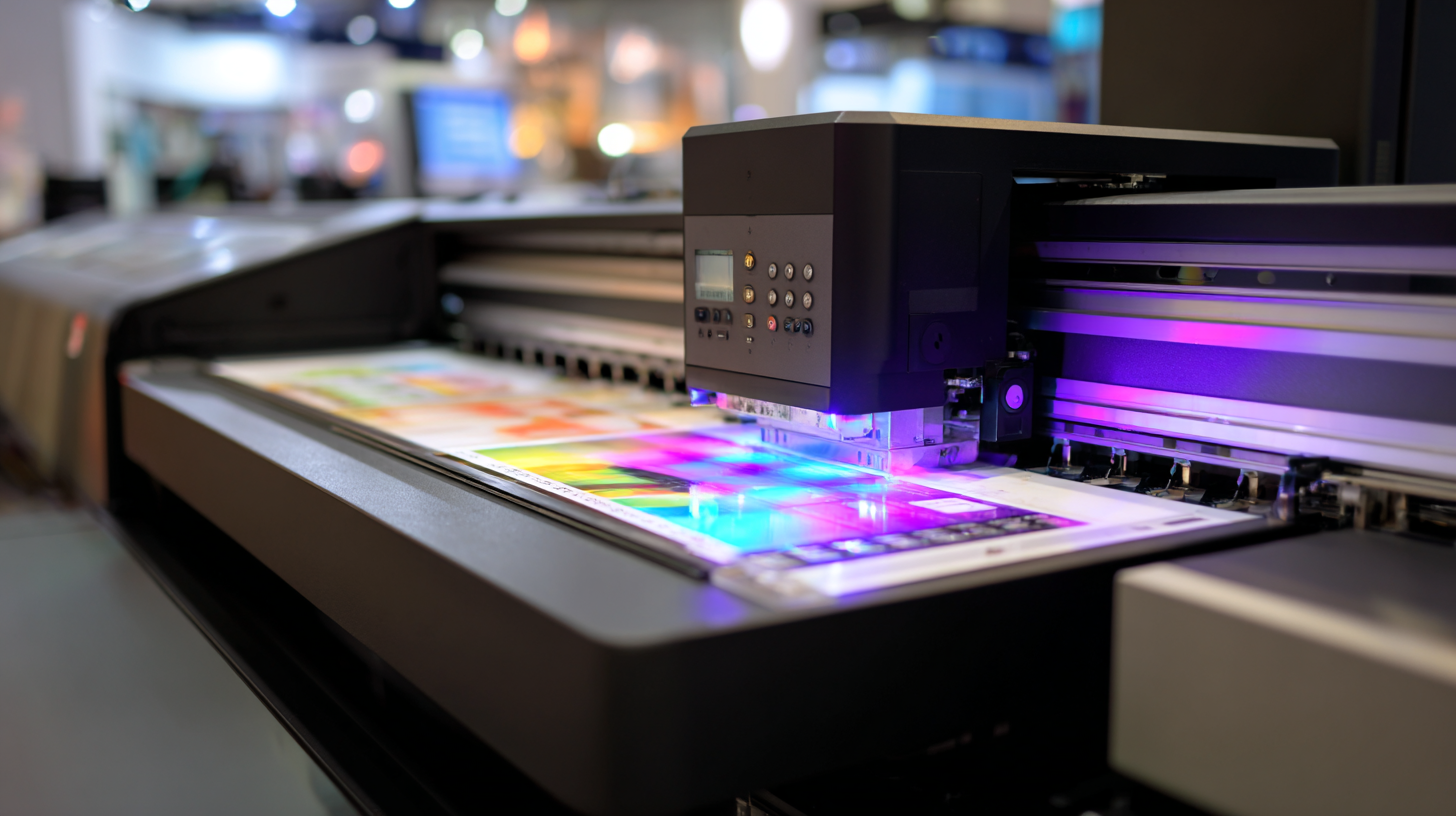
Another significant benefit of multifunctional UV printers is their speed and efficiency in production. These printers can deliver high-quality prints at a rapid pace, significantly reducing turnaround times. A study by Research and Markets indicates that businesses that adopt advanced printing technologies experience productivity improvements of up to 40%. With features like quick-drying inks and multi-layer printing capabilities, companies can meet tight deadlines while maintaining superior print quality. This operational advantage positions businesses to respond swiftly to market demands, solidifying their competitive edge in the industry.
The demand for UV printing solutions across various industries is witnessing a remarkable surge, driven by the rapid advancement in digital inkjet printing technologies. According to recent reports, the global digital inkjet printing market is projected to reach approximately $140.73 billion by 2024, reflecting a robust growth trend fueled by increased digital transformation initiatives. This growth indicates that businesses are increasingly recognizing the value of UV printing for its versatility and high-quality output.
Industries ranging from packaging to signage are now harnessing the power of multifunctional UV printers to produce vibrant and durable prints on a variety of substrates. This capability not only enhances product appeal but also addresses the rising consumer demand for customization and quick turnaround times. As businesses strive to stay competitive, investing in advanced UV printing solutions can significantly boost operational efficiency and open up new revenue streams, ultimately maximizing their potential in an evolving market landscape.
| Industry | Market Share (%) | Growth Rate (2023-2028) | Key Applications | Adoption Rate (%) |
|---|---|---|---|---|
| Packaging | 25 | 8% | Labels, Boxes, Inserts | 70 |
| Textiles | 20 | 10% | Fabrics, Apparel | 60 |
| Signage | 18 | 7% | Banners, Displays | 75 |
| Automotive | 14 | 9% | Decals, Panels | 50 |
| Consumer Goods | 23 | 12% | Packaging, Promotional Items | 65 |
Investing in a multifunctional UV printer can be a game changer for businesses looking to optimize their production processes. One of the most significant advantages of using UV printers is their ability to reduce production costs. Traditional printing methods often require multiple steps and resources, whereas UV printing allows for quicker turnaround with lower material wastage. This efficiency not only lowers production costs but also opens avenues for offering competitive pricing to clients, thereby increasing profitability.
To maximize these benefits, consider implementing a few key tips. First, analyze your workflow to identify areas where UV printing can replace more expensive or time-consuming methods. This may involve conducting trial runs to ensure quality remains uncompromised. Additionally, invest in employee training to enhance their skills in operating UV printers effectively. Well-trained staff can optimize printer settings for specific projects, further reducing operational costs.
Moreover, evaluate different substrates compatible with UV printing, as this technology can work on a variety of materials, from plastics to metals. Offering unique products on various substrates can attract new clientele and elevate your business’s market presence. By understanding the cost implications associated with UV printing, companies can make informed decisions that lead to sustainable growth and enhanced profitability.
This chart illustrates the cost analysis of utilizing multifunctional UV printers. It demonstrates that with a production cost of $3000, a selling price of $6000, and a profit margin of $3000, businesses can significantly enhance their profitability while reducing overall production costs.
When investing in a multifunctional UV printer, maximizing your return on investment (ROI) is paramount. One of the most effective strategies is to fully understand your printer’s capabilities. Multifunctional UV printers are not just for standard printing—they can handle various materials and finishes, allowing businesses to produce everything from vibrant signage to customized promotional items. By doing so, companies can diversify their offerings, appealing to a broader client base and meeting unique requirements.
Another way to enhance ROI is through strategic planning and workflow optimization. Assess and streamline your processes to ensure every print job is efficiently managed. This includes setting clear guidelines for order management and customer communications. Additionally, consider training your staff to leverage the printer's advanced features, reducing errors and waste while enhancing productivity.
Finally, establishing a maintenance schedule will prolong the lifespan of your machine and minimize downtimes, ensuring that your investment continues to pay off over time.


